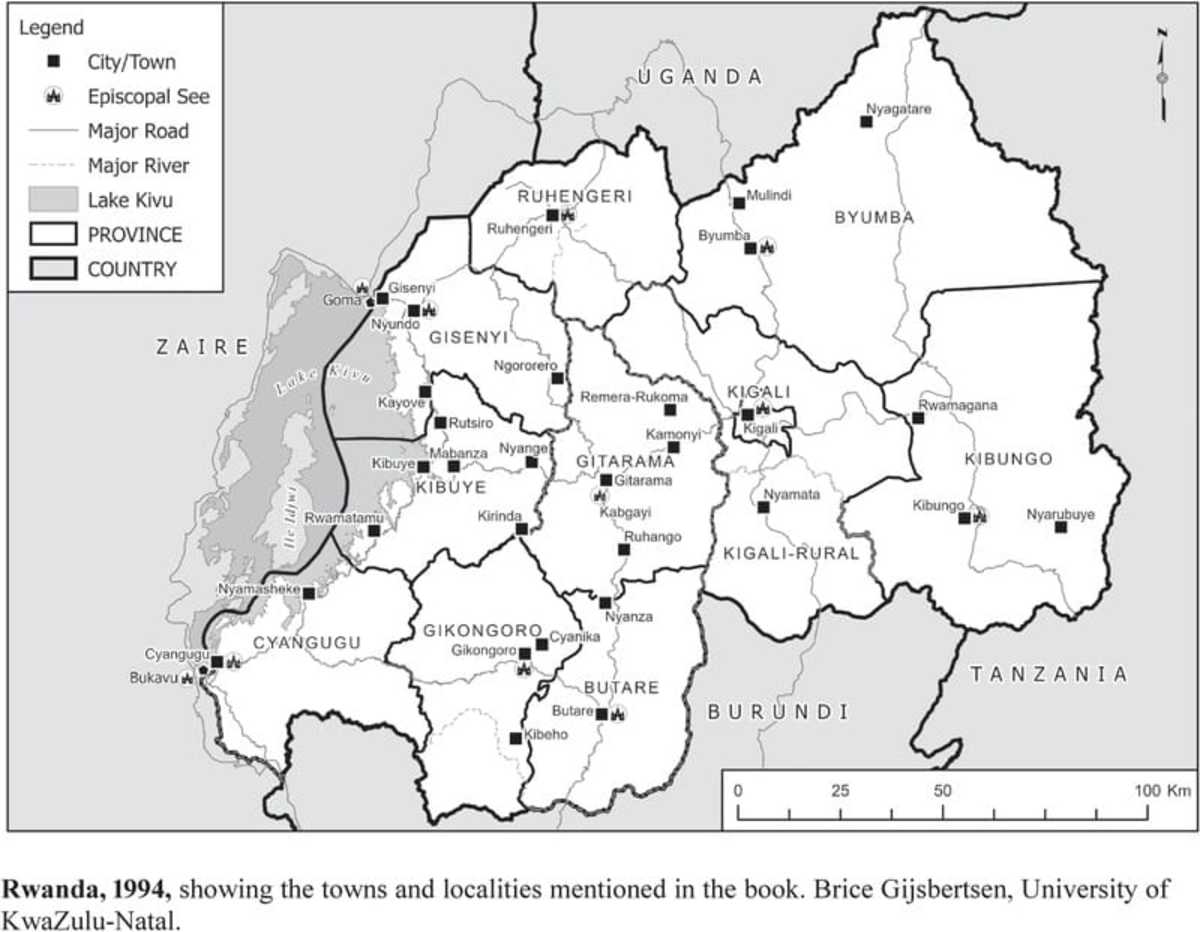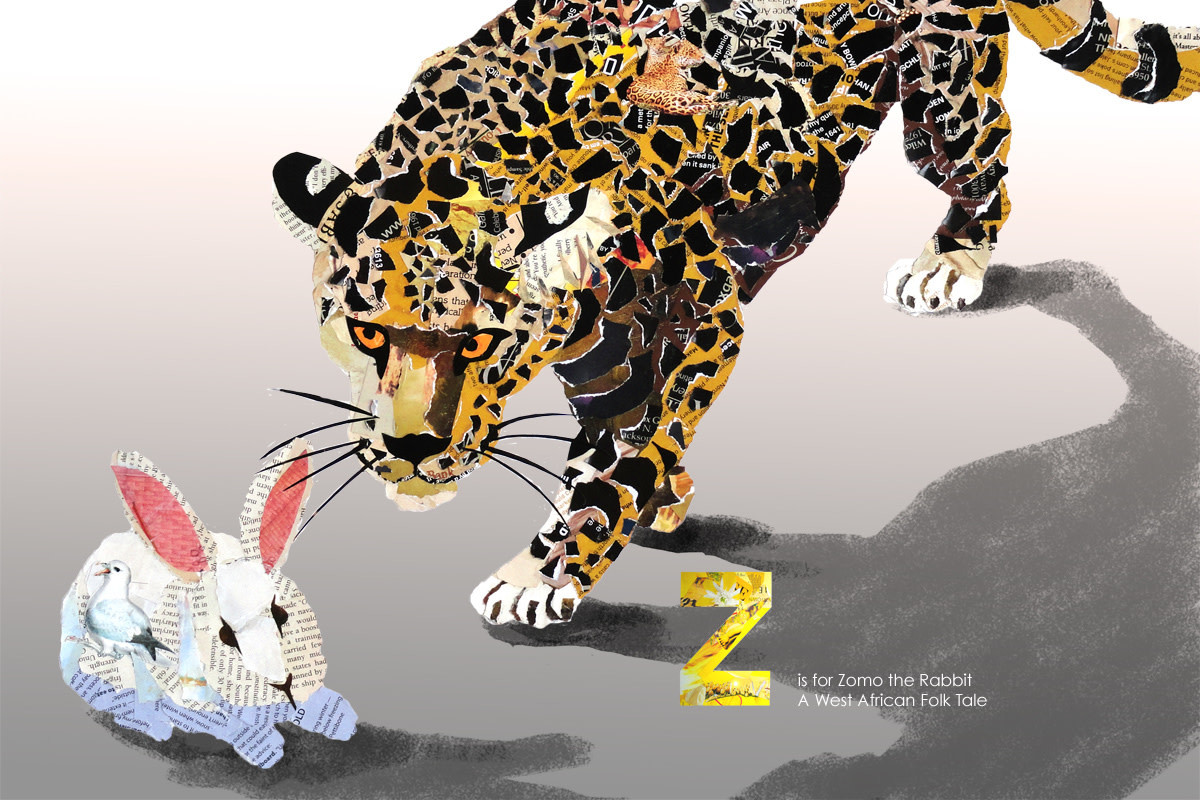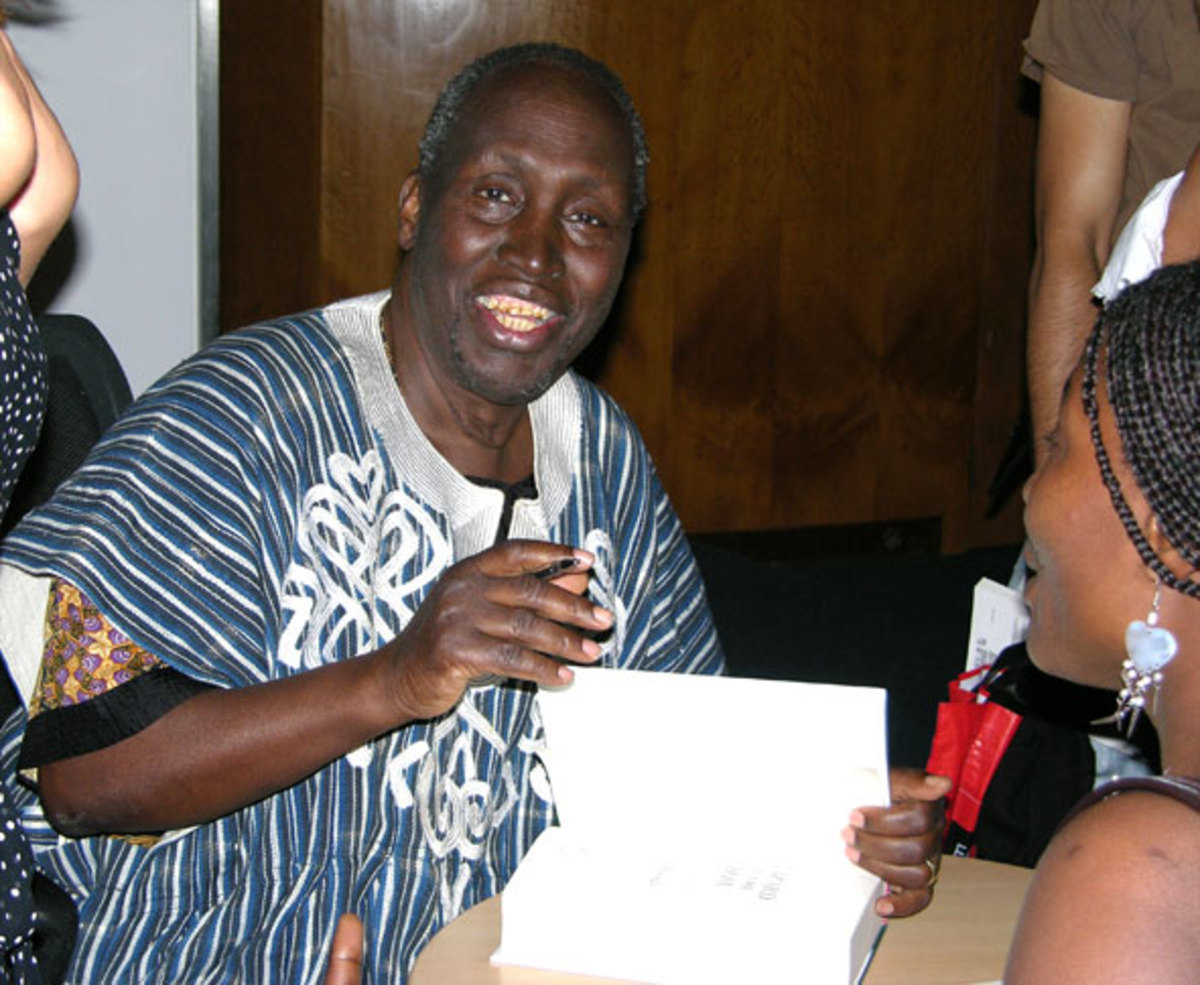A review of "We wish to inform you that tomorrow we will be killed with our families" and the social commentary there in
Remember the time when man looked out over the earth and saw one that he declared to be flat? He rallied support for his new thought and the result was that many who thought otherwise were denounced as crazy simply because a flat earth was the popular belief. When Phillip Gourevitch says that his account of the Rwandan Genocide “We wish to inform you that tomorrow we will be killed with our families” is about “how people imagine themselves and one another - a book about how we imagine our world”, it is because that the events that led up to the genocide of 1994, in which a million people were killed, only occurred because one group used interpretation and imagination to claim and create superiority and domination over another group.
There is no concrete evidence of when or how the Hutu and the Tutsi tribes came to be in Rwanda. They were believed to have migrated from opposite ends of Africa and to have converged in this one area. As people do that find themselves in each other’s direct company, the tribes began to intermingle. They eventually began to share the same chiefs, fight on the same sides in battles; even intertribal marriage was practiced.
Although there should have been little difference in the tribes (historians now believe that the intertribal marriages has resulted in very little ethnic differences in the modern Hutu and Tutsi representatives), the two remained predominantly divided due to their respective pursuits of sustenance. There were of course variations on this rule but it is maintained that the Hutu’s have always been farmers and the Tutsi’s have always been herdsmen.
To be an owner of cattle has become much more favorable a thing to be than one who spends his days working with the soil. This feeling was accentuated in the 1860’s when Mwami Kigeri Rwabugiri took the role of chieftain as the next in a dynasty that supposedly traced back 500 years and recognized it as a clear differentiation between classes. Rwabugiri “expanded gradually” from what was a “single hilltop chieftaincy” and began to build Rwanda in his image, in which Tutsi’s were the higher class, by favoring them for powerful positions in government and military affairs. As Gourevitch says, “The regime was essentially feudal: Tutsi’s were aristocrats; Hutus were vassals”. By acting on the basically ridiculous assumption that Tutsi’s were higher class, the financial benefits of these positions began to make them a higher class and the Hutus began to sink with little that they could do to reverse the effect.
When European colonists entered Rwanda for the first time, they were greeted with such a scene. It is important, now, to describe the differences in appearance between the two tribes for, although there are many exceptions to the rule, there is often to be found a somewhat drastic difference between the two tribes and the colonists saw that difference immediately and shaped their views around it.
Hutus are generally shorter, stockier people with thick lips and large noses while the Tutsis are generally tall, lanky, thin lipped, thin limbed, long, pointy nosed peoples. What they saw were two groups, the one tall and impressive amidst their herds of cattle, “a stately race of warrior kings” and the other short and unimpressive as they picked bananas and foraged through the dirt for vegetables.
The Europeans proclaimed the Tutsi’s an example of John Speke’s Hamitic hypothesis. This hypothesis drew on an imagined belief that “all culture and civilization in Central Africa had been introduced by a taller, sharper-featured people, whom he (Speke) considered to be a Caucasoid tribe of Ethiopian origin, descended from King David, and therefore a superior race to the native Negroid”. In his travels to Rwanda, he perceived many tribes including that of the Tutsi’s to be direct descendants of this Caucasoid tribe, their “fine oval faces, large eyes, and high noses, denoting the best blood of Abyssinia (Ethiopia).” Speke believed the Tutsi’s to be lost Christians, as masterful a race as he imagined the white Europeans to be, but wild and untamed, who only needed the knowledge of a proper European to bring out the “best” in him.
So it was that Belgium took it upon itself to “save” the Rwandan Tutsi’s. But before the Europeans arrived, the ideas of Christianity and the ways of proper Europeans were non-existent to the Rwandans. They had existing beliefs, and both tribes shared these. Rwanda, to the native Rwandans, was the center of the world, “the largest, most powerful, and most civilized kingdom on earth“ to quote Rwandan missionary Father Pages. Having never known anything else, it was easy for them to imagine that although their God might branch out to spread its influence across the land, it returned every night because its home was in Rwanda. There were no religious arguments.
The country was united in more than just a religious aspect. The Rwandan language, Kinyarwanda, was universally accepted throughout the country, in actuality throughout many African countries. And, despite some disagreements, Rwandans were found to be startlingly patriotic, almost to a point fringing on madness. Never even in European countries do we find universal religion, language, and patriotism. So Rwanda and the Hutus and the Tutsis, although they had their own problems, were far from needing to be “saved” by those European countries.
In the end, as Gourevitch speculates, the only reason that the Hamitic hypothesis was accepted and even conceived was that the Belgian colonists “could hardly have pretended they were needed to bring order to Rwanda. Instead, they sought out those features of the existing civilization that fit their own ideas of mastery and bent them to fit their purposes” and the Rwandans, who recognized the riches of the Belgians, graciously welcomed them to their country.
To enforce the Hamitic myth, and therefore justify their invasion, the Belgians brought scientists and researchers to Rwanda who confirmed the difference in body and facial features between the two tribes. Armed with these ethnic guidelines, the Belgians set about conforming the country according to them by breaking down the Hutu sub-tribes, the last bastions of economic independence that the tribe had, and providing the Tutsi’s with unlimited power. Each Rwandan was given ethnicity cards labeling them Hutu or Tutsi making it possible “to perfect the administration of an apartheid system rooted in the myth of Tutsi superiority. The Mwami was taken out of office and a new one, “carefully selected for his compliance”, was put in his place.
The Hutus saw their power shrinking and their ability to act shrinking as well. The Belgians placed the majority of them in forced labor operations and the Tutsi’s were given no choice but to act as the driving force behind their toil (“you whip the Hutu or we will whip you”).
Gourevitch draws a comparison with the Bible story of the brothers Cain and Abel. Cain, the older of the two, was a farmer and Abel was a herdsman. By their respective offerings God judged them, favoring Abel and his magnificent herds over Cain and the lackluster vegetables that he produced. Cain raged with jealousy and murdered his brother. So it was that the European Gods favored the herdsman and the farmers acted accordingly.
The Hutus began to be fed up with their imposed limitations. They were, after all, the majority in Rwanda. In March of 1957, a group proclaimed that democracy would be best attained by embracing the Hamitic myth. The Tutsi’s were named Ethiopian invaders, peoples who had no rights to the control of Rwanda and were the minority in any case.
It was the supposed death of a Hutu revolutionary by Tutsi activists that finally sparked the revolution. Soon after, Hutu’s were attacking Tutsi’s, murdering them, and burning their homes. And the Belgians? Did they run to the aid of their “stately race of warrior kings”? No they did not. Belgian colonel Guy Logiest, the top commander that was to preside over the revolution, stood idly by, accepting the destruction as the Tutsi’s due and calling it a great step forward in the democratization of Rwanda. Hutu’s burned, looted, and murdered for years. With the aid of Logiest, the Tutsi chiefs were replaced by Hutu’s who held control over the polling stations and helped Hutu’s capture 90 percent of the top military and political spots.
Make no mistake. The democracy was no such thing. By ways of revolution, nasty government control had simply been replaced with another one, made all the more nasty in its years at the lower end of the social spectrum. Thus was the beginning of the genocide.
There it is. This is a story “about how we imagine our world”. What the Rwandan tribes imagined themselves to be and what the Belgians imagined them to be were two completely different things. Taking those imagined entities and, by using force to garner popular support, making them real has resulted in the dividing of a country against itself, turmoil in the form of a revolution, and, ultimately, a genocide.
Links to my stuff!
- Kev Mo - YouTube
Share your videos with friends, family, and the world






